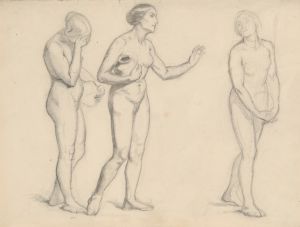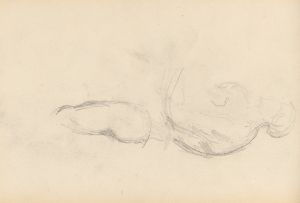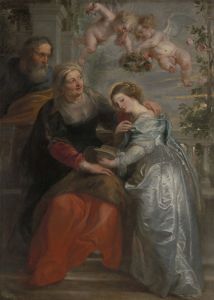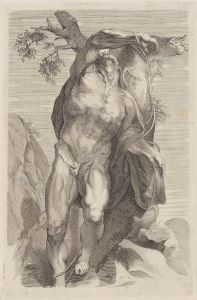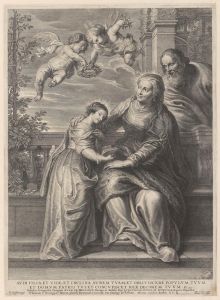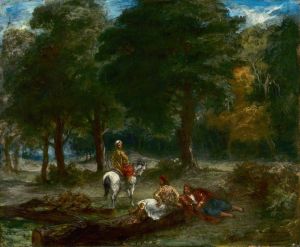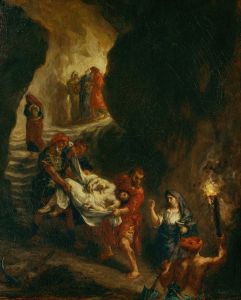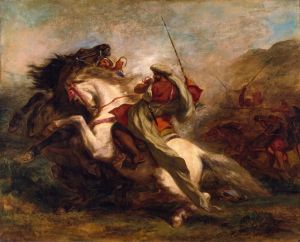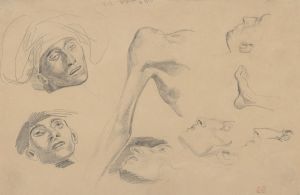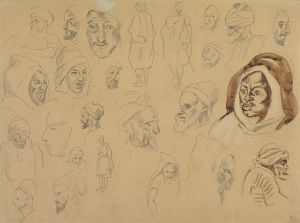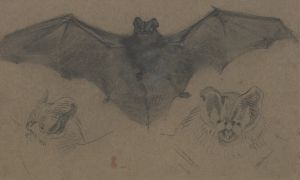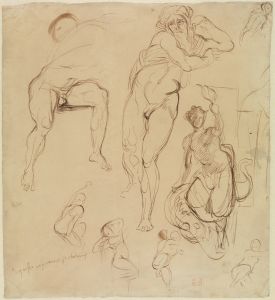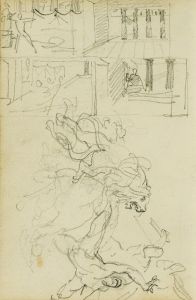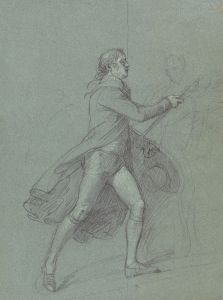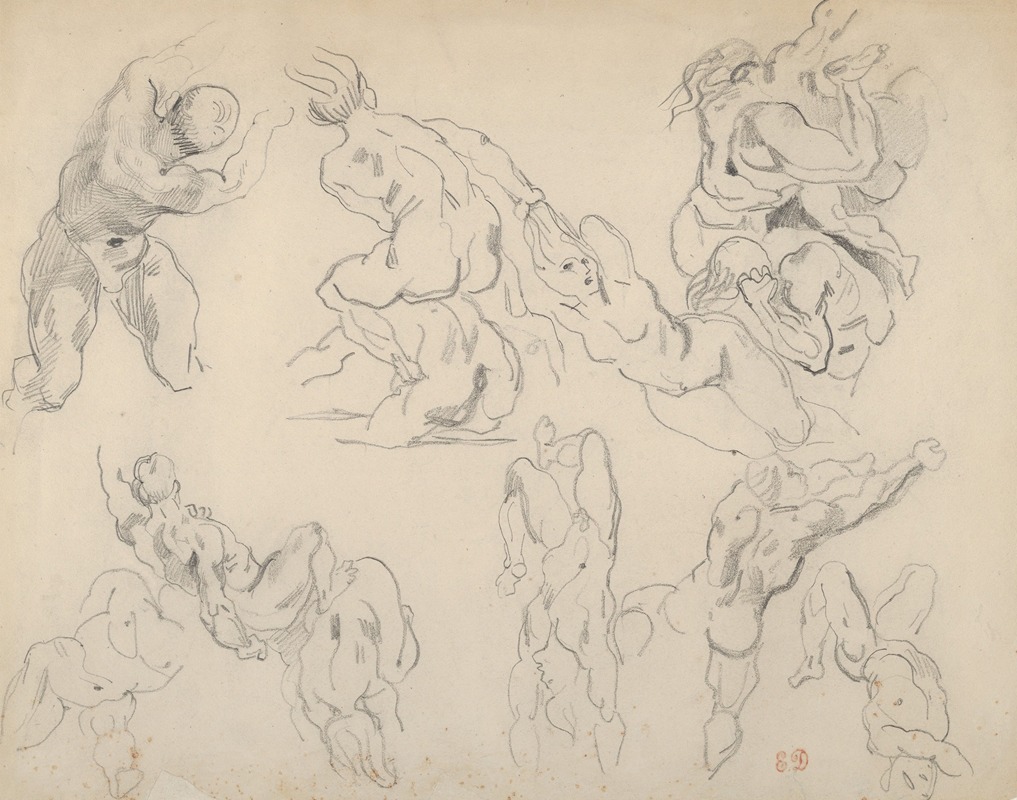
Figure Studies after Rubens’s ‘Fall of the Rebel Angels’
A hand-painted replica of Eugène Delacroix’s masterpiece Figure Studies after Rubens’s ‘Fall of the Rebel Angels’, meticulously crafted by professional artists to capture the true essence of the original. Each piece is created with museum-quality canvas and rare mineral pigments, carefully painted by experienced artists with delicate brushstrokes and rich, layered colors to perfectly recreate the texture of the original artwork. Unlike machine-printed reproductions, this hand-painted version brings the painting to life, infused with the artist’s emotions and skill in every stroke. Whether for personal collection or home decoration, it instantly elevates the artistic atmosphere of any space.
Eugène Delacroix, a leading figure of the French Romantic movement, is renowned for his expressive brushwork and vibrant use of color. One of his notable works is "Figure Studies after Rubens’s ‘Fall of the Rebel Angels’," which reflects his admiration for the Flemish Baroque painter Peter Paul Rubens. Delacroix's study is a testament to his practice of learning from the masters and his dedication to understanding the dynamics of human form and movement.
Delacroix created this study as part of his broader engagement with the works of Rubens, whose dramatic compositions and robust figures had a profound influence on him. Rubens's "Fall of the Rebel Angels" is a dynamic and tumultuous depiction of the biblical story of the archangel Michael casting the rebellious angels out of heaven. Delacroix's study focuses on the figures within this composition, capturing the energy and movement that characterize Rubens's original work.
The study by Delacroix is not a direct copy but rather an exploration of the figures and their interactions. It demonstrates Delacroix's interest in the anatomy and the expressive potential of the human body. By dissecting Rubens's complex arrangement of figures, Delacroix was able to delve into the emotional intensity and physicality that define Baroque art. This approach allowed him to internalize Rubens's techniques and adapt them to his own artistic vision.
Delacroix's figure studies are typically characterized by loose, fluid lines and a focus on capturing the essence of movement rather than precise detail. This method is evident in his study after Rubens, where the emphasis is on the dynamic poses and the interplay of light and shadow. Delacroix's ability to convey the drama and tension of the scene through his sketches is a testament to his skill as a draughtsman and his deep understanding of Rubens's work.
The study also reflects Delacroix's broader artistic philosophy, which valued the emotional impact of a painting over strict adherence to classical forms. His admiration for Rubens was part of a larger appreciation for the expressive power of color and movement, elements that would become central to his own paintings. Delacroix's works often feature vivid colors and dramatic compositions, qualities that can be traced back to his studies of Rubens and other Baroque masters.
In the context of Delacroix's career, "Figure Studies after Rubens’s ‘Fall of the Rebel Angels’" represents a crucial stage in his development as an artist. It highlights his commitment to learning from the past while forging a path for the future of art. Delacroix's engagement with Rubens's work is indicative of his broader approach to art, which involved a synthesis of influences from various periods and styles.
Overall, Delacroix's study after Rubens is an insightful example of how artists can draw inspiration from their predecessors while developing their own unique voice. It underscores the importance of studying the masters as a means of honing one's craft and expanding one's artistic horizons. Through this study, Delacroix not only paid homage to Rubens but also laid the groundwork for his own contributions to the Romantic movement and the evolution of modern art.





